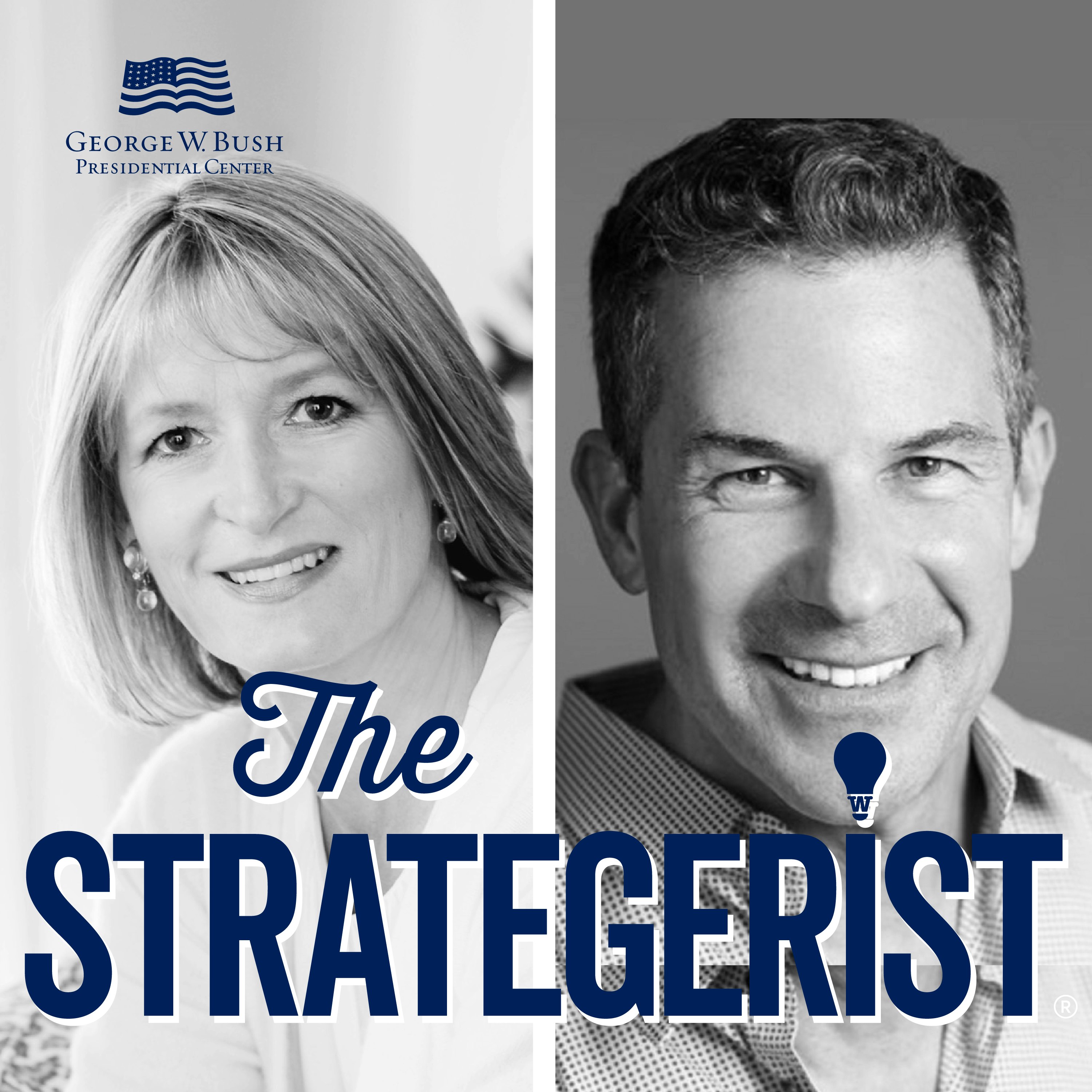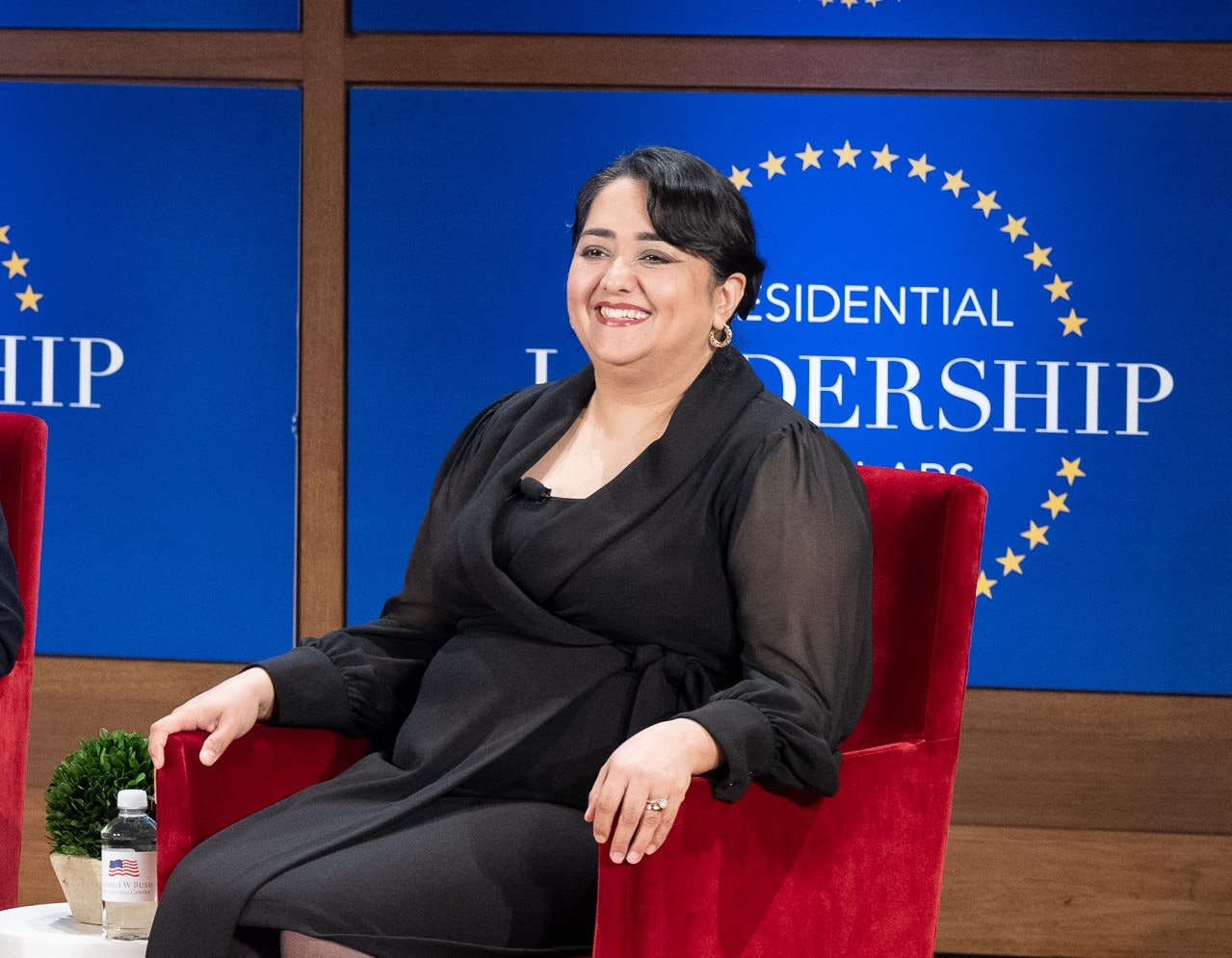Over the past half-century, think tanks have helped transform conservative ideas into important public policy. The work of the Heritage Foundation,...
Over the past half-century, think tanks have helped transform conservative ideas into important public policy. The work of the Heritage Foundation, the American Enterprise Institute, and the Hoover Institution was essential in producing tax rate reductions, deregulation, an effective national security policy to counter communism, and the surge in Iraq.
The model by which these think tanks operate is simple: hire policy scholars, pursue research, discover potential solutions, and encourage Congress and the President to adopt them. In conceiving the George W. Bush Institute, part of the Bush Presidential Center, which breaks ground tomorrow, November 16, on the campus of SMU in Dallas, we decided on a different approach.
We focus on specific projects that achieve practical, measurable results, rather than on proposals that require the assent of Washington or state capitals. Our model goes like this: assemble a team of researchers and on-the-ground practitioner partners, find solutions, work with partners to put the solutions into practice, evaluate the results, make mid-course corrections, evaluate again…
Our credo is think big, collaborate, and get results.
An example is a project we launched in September called the Alliance to Reform Education Leadership, or AREL. Our overall mission in Education Reform, one of our areas of engagement, is to ensure that every child graduates from high school ready for college or a good job. But how to boost student achievement? We decided that a key leverage point was school leadership – specifically, the nation’s 130,000 principals.
AREL’s objective is to change the paradigm by which principals are selected, trained, evaluated, and empowered. How do we do that? By working with partners to produce a new crop of principals, place them in schools, and examine the achievement of students in those schools compared with schools led by principals that don’t go through our program. AREL was conceived and planned by a group of Bush Institute fellows led by James Guthrie, a former Vanderbilt professor.
At the start of the research and planning process, Guthrie brought partners together – school districts like Dallas and Denver, education and business schools like the Simmons and Cox Schools at SMU, corporate experts in human resources from companies like Southwest Airlines and AT&T, and non-profit organizations like Teach for America –to find the best way to get results.
We decided on a network, starting with seven “innovative sites,” as we call them, each consisting of a large school district or entire state plus other partners. The Bush Institute manages the network and evaluates the work of the sites, which each subscribe to a set of threshold assurances – specific commitments to reform, such as expanding the pool of potential principals from teachers to people in business or the military, developing systems for getting real-time information to principals so they can make decisions, and setting up a way certify the best principals to-be.
Within ten years, our aim is that AREL have a clear impact on the certification of half of the nation’s principals. We’re seeking not a prescription for reform but, in keeping with President Bush’s own focus on results, actual reform. While the traditional think tank model has accomplished a good deal – and we will deploy it in some cases, as well — we believe our “results tank” model is particularly well suited to the 21st century, for several reasons:
- The ability of government to produce effective change is more and more limited, both by political stalemate and by a muscle-bound bureaucracy.
- Private-sector institutions, growing more skilled at social entrepreneurship, can form the basis of powerful partnerships.
- Foundations and wealthy individuals are increasingly deploying large sums and demanding an explicit return on their investments.
We have no illusions about the course we have charted. It requires a high level of strategic planning, intensive management, and coordination with a diverse set of partners. Discipline counts. We have limited ourselves to four areas of engagement – Education Reform, Global Health, Human Freedom, and Economic Growth. In addition, two integrative areas – the Women’s Initiative and Social Entrepreneurship – permeate each of the other four.
For each of these six fields we will have a program director (we have already hired four) responsible for setting and achieving goals and reporting to our senior vice president for strategy and operations. Each area has a clear mission and will eventually adopt two to four long-term programs. Within Education Reform, for instance, we have already launched one program (AREL), have another (concentrating on middle school) that has been planned, and a third (financial accountability) in its earliest stages.
We hire fellows – credentialed academics with a bias for action — to work on specific programs for specific amounts of time. Rumination is not our style. This structure would collapse if it weren’t built on a foundation of values. We draw our inspiration from principles that have guided President and Mrs. Bush. For example:
- Freedom is universal.
- Leaders must be held accountable.
- Markets are the best managers of resources.
- And to whom much is given, much is required.
These principles, the content of our work, and the model itself all fit the conservative temperament and tradition. As practical conservatives, we see success in terms not of outputs like op-ed pieces placed or books published (though those are important mileposts), but in terms of actual results.
Last week, in the course of an interview with William McKenzie of the Dallas Morning News, President Bush was asked, “On Tuesday, you will break ground on your library and institute. In 20 years, what will that center have accomplished?” His answer: “Less people dying in a developing world as a result of a comprehensive strategy that we’re now developing…. Better principals through our education initiative. Civil society being built in the Middle East and being nurtured and built by women….”
With a leader so intent on thinking big, collaborating, and getting results, the Bush Institute is well on its way.



























